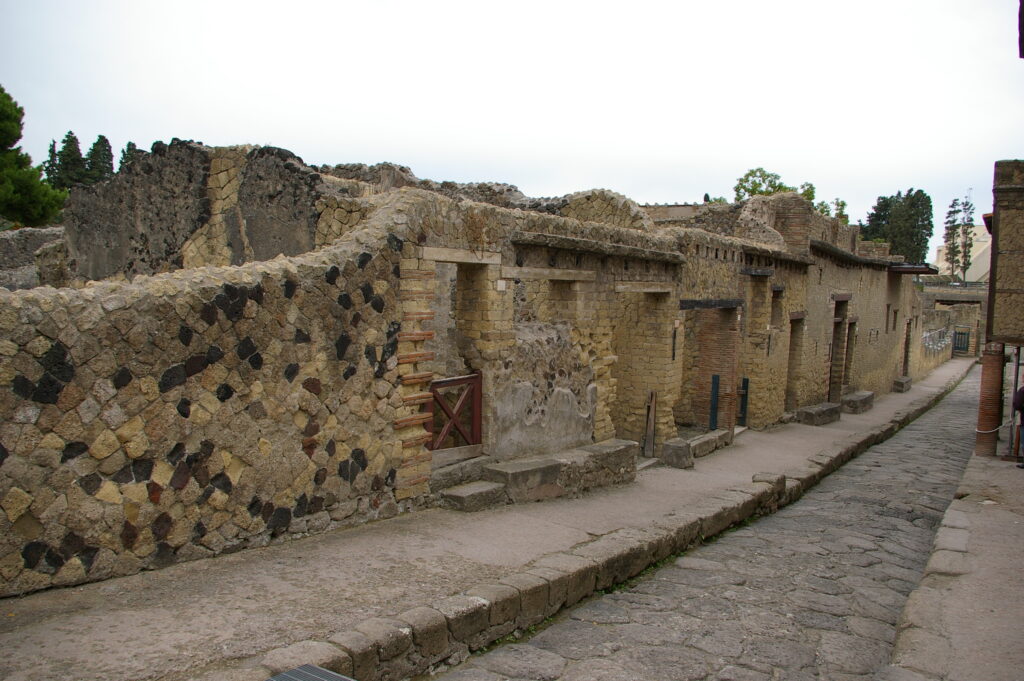
What did emerging imperial hegemony do to urban communities in Roman Italy, and how does it shape the Roman cities we know so well? Urban landscapes in Late Republican Roman Italy came to accommodate increasing levels of socioeconomic inequality, and this profoundly changed the ways in which urban communities functioned. This chapter explores what that meant for processes of neighbourhood formation. Starting from the idea that inequality can be physically expressed through urban housing stocks, the paper analyses the impact of the increasing wealth inequality brought about by Roman hegemonic prosperity at the micro-level. It starts by identifying the mechanisms of urban development through which inequality could accumulate in urban space, and then proceeds to analyse the actual developments in Roman Italy, contrasting the nature of neighbourhood formation in mid-Republican Italy with that in Late Republican Italy.
The chapter argues that, in the decades that followed the Roman conquest of large parts of the Mediterranean, cities at the heart of Rome’s imperial network increasingly developed urban landscapes defined by inequality, and that this had immediate consequences for the ways in which these quarters could function in everyday practice, entrenching socioeconomic distinction and hierarchy permanently in the urban landscape. However, it is also clear that this did not work out in the same way in every city: in some places, such as Pompeii, inequality became much more strongly pronounced in an earlier period than in other cities (e.g. Norba, Ostia, Paestum, Herculaneum).
Bibliographical details
Type
Chapter in edited volume, 2023. Publication of a November 2021 conference on Neighbourhoods in Kiel, where I gave an invited talk.
Reference
Flohr, M. (2023). ‘Prosperity and inequality: imperial hegemony and neighbourhood formation in the cities of Roman Italy’, in A. Haug, A. Hielscher and A.-L. Krüger (eds), Neighbourhoods and City Quarters in Antiquity. Design and Experience. Berlin: De Gruyter, 157–173.
Open Access
The chapter was published in open access through De Gruyter (doi: 10.1515/9783111248097-010).
Miko Flohr, 18/12/2023

